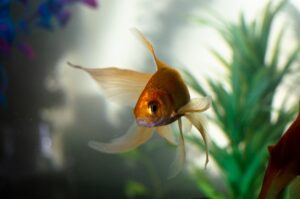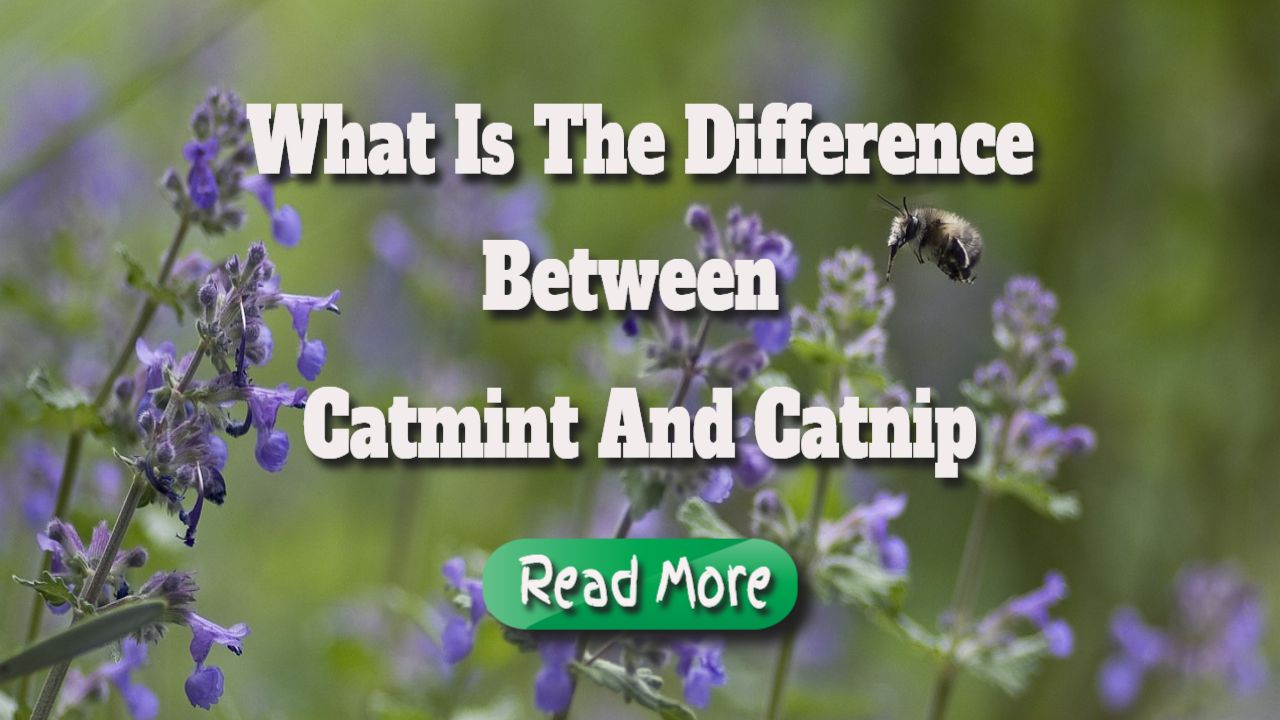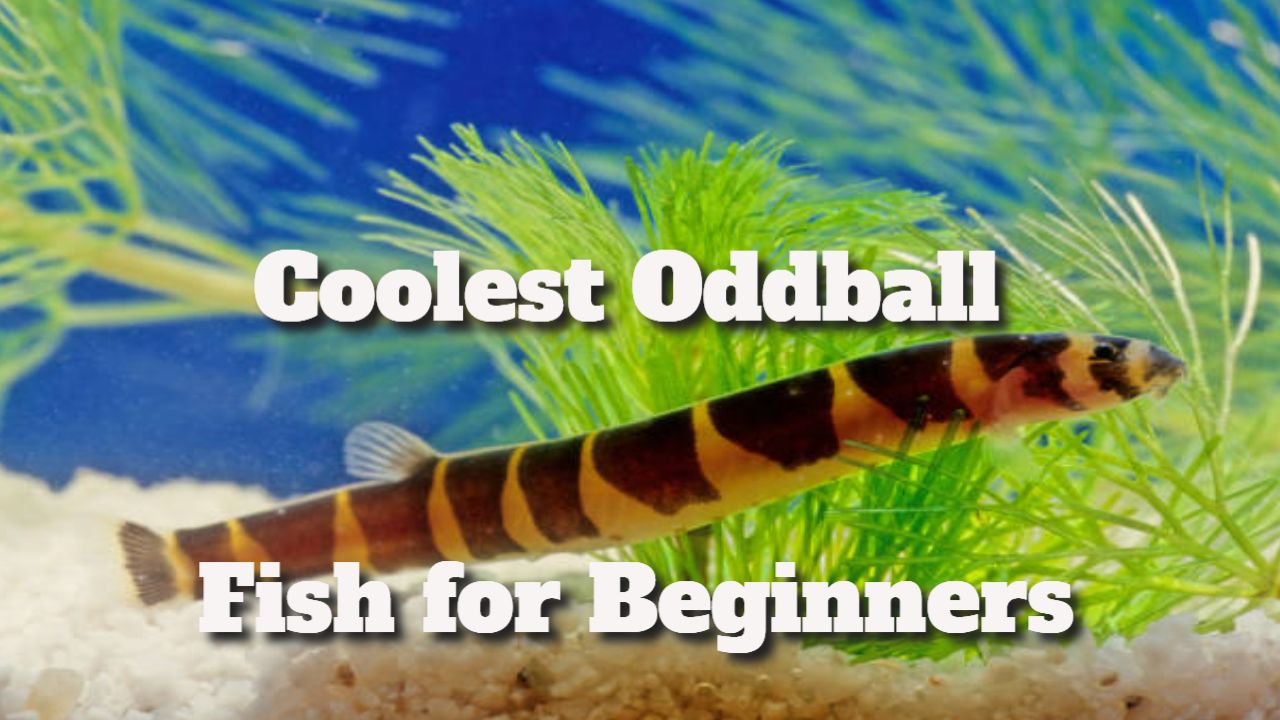How should I care for and keep my goldfish?
Contents
How should I care for and keep my goldfish?
How should I care for and keep my goldfish? The most common decorative fish is the goldfish (Carassius auratus), recognised for its appealing vivid hues. Goldfish evolved in temperate climes and can be found in the wild in chilly streams, lakes, and ponds across Asia and portions of Eastern Europe. Nowadays, there is a wide variety of goldfish to choose from.
Goldfish are gregarious and clever animals that engage with their human carers who regularly recognise them. Some kinds of goldfish can live for up to 30 years if properly cared for, The average lifetime, on the other hand, is between 10 and 15 years. Sadly, poor living conditions mean that many goldfish do not live up to their full life expectancy. Housing must fulfil both their behavioural and physiological needs. The following information should help goldfish live longer, be healthier, and have happier lives.
Purchasing a healthy goldfish
When buying goldfish, ensure the seller is trustworthy and that their aquariums are not overloaded. Healthy fish have clear, vibrant body colour and maintain their fins straight. Healthy fish are aware and swim without exerting too much effort.
Fish that sink or float on the surface, fish with bumps, sores, pinched fins, or a trail of excretions, and fish that linger in the corner of the aquarium for a lengthy period are all signs of poor health. When selecting goldfish, you should also consider how big the goldfish will grow to ensure that they have ample space as they mature.
Aquarium Dimensions
An aquarium must have the least volume of 50 litres and the following dimensions:
Length = 4 times the mature fish’s body length.
breadth = 2 times the mature fish’s body length
Height = 3 times an adult animal’s body length
The capacity of the filter is equally significant in the arrangement.
* A larger tank and filter are best for your goldfish.
Consider the size of your fish as well, your fish when they’re fully grown and the number of fish you wish to keep. Certain goldfish species, such as thinner goldfish that are more active, may demand more room, so the aquarium size for these species will need to be larger and longer than is usually recommended for their body size.
Goldfish should not be kept in traditional fish tanks because they are too little. There are, however, some new, modern designs with filtration and illumination that may be a viable alternative.
Aeration and filtration
Goldfish are voracious eaters and waste producers, necessitating efficient filtration of an adequate size to preserve water quality and aerate the water. Filtration guarantees that all water is mechanically and biologically filtered regularly by the nitrifying bacteria in the filter medium. If the filter does not generate air bubbles or agitate the surface water, an aeration system (such as air stones) can be added to ensure that the water is adequately oxygenated. This is significant because goldfish produce a lot of trash.
When choosing a filter, be sure the flow can be adjusted. If fancy or uncommon goldfish species are to be retained, the flow should not be too strong, as swift currents can make swimming difficult for sure of these fish.
Water conservation
Gravel cleaning is recommended once a week, in conjunction with weekly partial water changes of 10-25 per cent of the tank water, to ensure that debris is removed and that goldfish health is maintained.
A syphon can be utilised; briefly shake the syphon in the aquarium to start the water flow into a bucket below (use a particular fish bucket not used for other purposes to avoid harmful chemical residues). When the syphon is in the tank, use the end of the syphon to vacuum the substrate and remove any fish waste or uneaten food that has settled on the gravel. The fish can remain in the aquarium during the syphoning operation to reduce stress. However, it is essential not to move too quickly as this may stress the fish.
After 10 to 25% of the water has been drained, throw it away and replenish it. It is critical that you next add a water conditioner (also known as a water conditioner) to the aquarium to neutralise chlorine and chloramine and gH and kH generators in appropriate proportions for the freshwater you will be adding. The aquarium should then be filled with cold tap water.
When the filter begins to clog, or once a month, it should be lightly cleaned in a pail of aquarium water (whichever comes first). It is critical not to over-clean the filter medium because this can destroy helpful bacteria. Ammonia from fish excretions will not be broken down to less toxic nitrates during the filtering process if helpful bacteria are not present, resulting in fish poisoning and death.
The aquarium’s interior can be cleaned of algae buildup by carefully washing it down with a clean, aquarium-safe sponge or a magnetic glass cleaner. When cleaning an aquarium, never use soap or detergent.
Water Purity
In order for any aquarium to function correctly, it is necessary to use water of excellent quality. To ensure the safety of your water, it is essential to monitor the levels of ammonia, nitrite, and nitrate often to ensure that your biological filtration system is in proper working order, that it is being properly maintained, and that your aquarium is not being overstocked or supplied with food
Other water characteristics to monitor include pH, KH, GH, and water temperature.
Correct water parameters
0.1ppm ammonia
0.2ppm nitrite
Nitrate 50ppm (tolerance 110ppm).
pH range: 6.5-7.5 (tolerance range: 5.0-9.0)
70-140ppm KH
150ppm GH
Temperature range: 20-24°C (tolerance: 8-30°C)
Plant protection
Because goldfish are predatory animals, they require appropriate plant cover to avoid stress and increase activity. Because plants absorb waste from the water, proper plant growth is essential for healthy fish. Plants are also good for the environment. Planting is best done with natural plants, but replica plants can be used if necessary. Please ensure that the plants are not toxic to the fish. Driftwood and ornaments can also serve as a form of protection.
The more cover your goldfish has, the more active it will be. A coverage level of roughly 50% is suggested. Make sure your decorations don’t have any sharp or rough edges that could damage your fish or any tiny holes that they could get caught in as they grow. Some uncommon species, which are frequently not powerful swimmers, and goldfish, whose eyesight may be damaged by the disease, are particularly vulnerable.
Aquariums should preferably be shielded from direct sunlight or windows to avoid algae outbreaks. Aquarium lights can be turned on for up to 8 hours per day.
We recommend that you consult an expert aquarist or fish veterinarian for more information. Goldfish with unusual body shapes may require special care, and extra testing is advised.





This is such a fascinating topic! I must admit, whenever I think of goldfish, I can’t help but conjure images of my childhood. There’s something nostalgic about these shimmering little creatures floating around in their bowls, isn’t there? In fact, I had a goldfish named ‘Goldie’—original, I know—who was quite the character. We had this whole repertoire of games going on! I’d tap on the bowl, and Goldie would swim in circles as if she were training for the Olympic goldfish games, which I completely imagined existed.
Goldie sounds like a true companion and a source of delightful memories. There’s something so special about those moments we share with pets, no matter their size. The way they respond to our interactions can create a unique bond, and it sounds like you and Goldie had a fun little routine.
Goldie really has been a special part of my life, and reflecting on those moments makes me appreciate the simple joys that pets bring. It’s fascinating how they can pick up on our moods and routines, isn’t it? I often find myself thinking about how those interactions can help both pets and people with their mental well-being.
It’s fascinating to think about how the life of a goldfish, often seen as just a decorative pet, can be so profound in terms of their care and the emotional bond they form with their human companions. Your insights into the needs of these remarkable creatures remind us that they are not simply ornamental beings, but rather intelligent and social pets deserving of thoughtful care.
It’s fascinating how often we overlook the specific needs of pets like goldfish, despite their popularity. The notion that these fish can live for decades if cared for properly really highlights the importance of understanding their environmental requirements. It’s quite tragic that many goldfish are kept in inadequate conditions, which significantly shortens their lifespans.